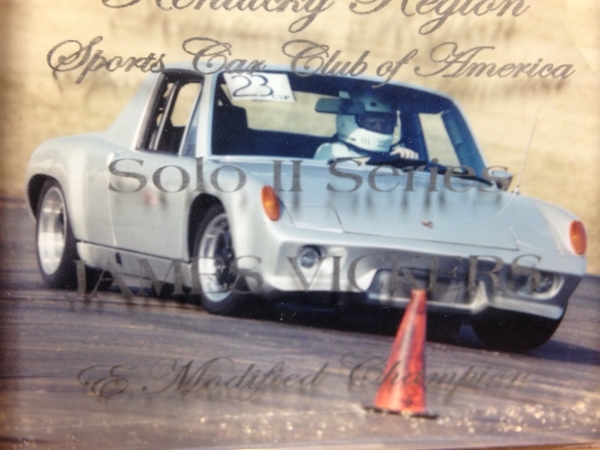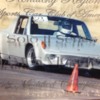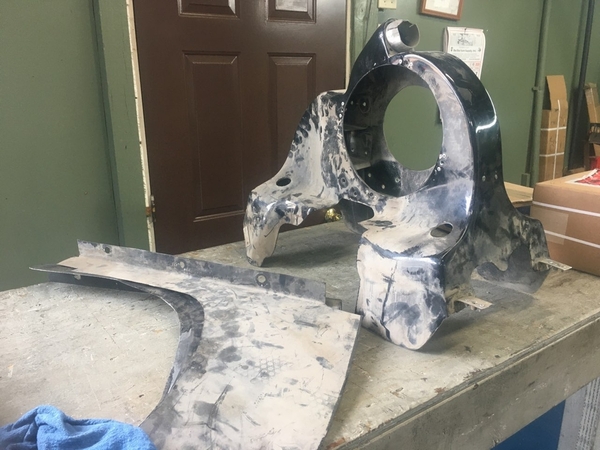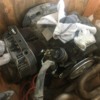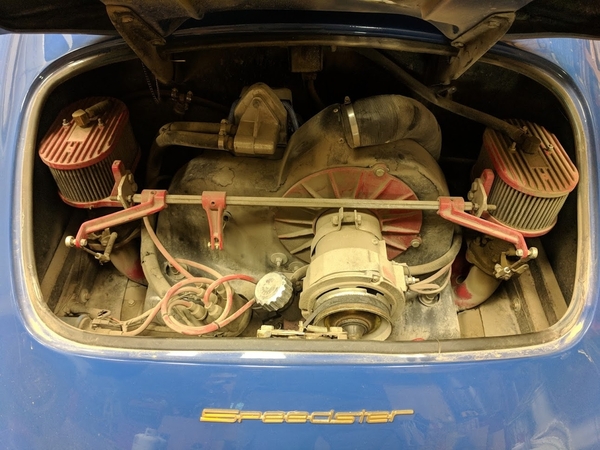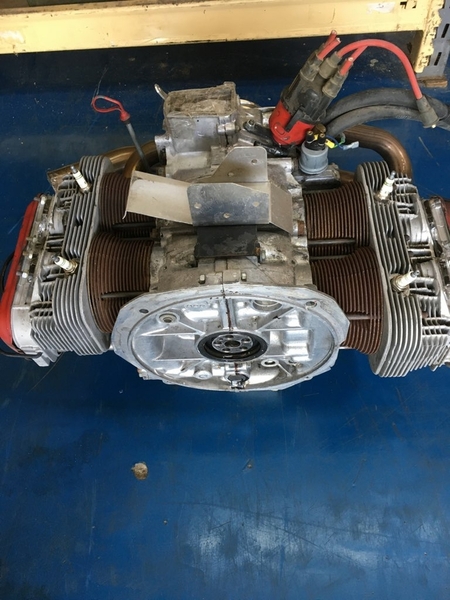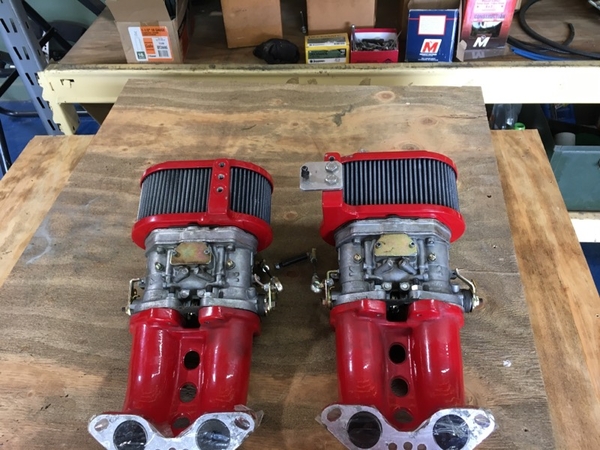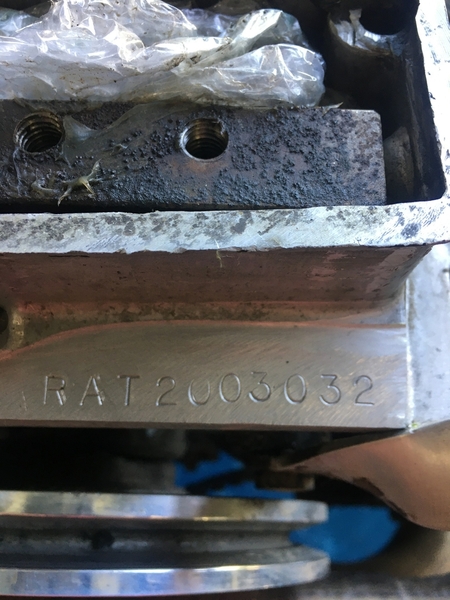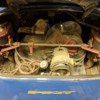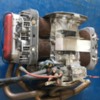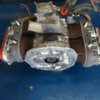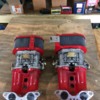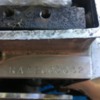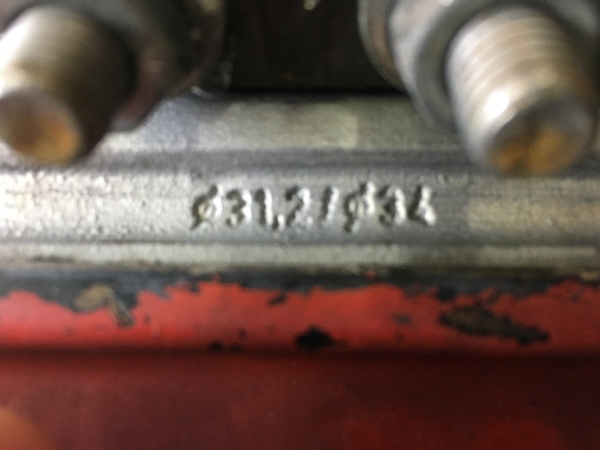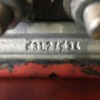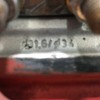I converted my speedster to electric last winter, and I'm selling the old engine, exhaust, Raby upright cooling kit, 15 gallon gas tank, dual Weber carbs. Basically everything except the transmission. There is about 4,000 miles on the engine. Compression is a little low in one of the cylinders and it's burning oil, so probably a cracked ring in that cylinder. Full details on my speedster build can be found here: http://chriskate.net/speedster/ with LOTS and LOTS of pictures.

The picture from when I was building things. It's a little more dirty now, but everything is there. The engine is a Type IV, 2056.
Looking for $2,000 for everything plus shipping.



